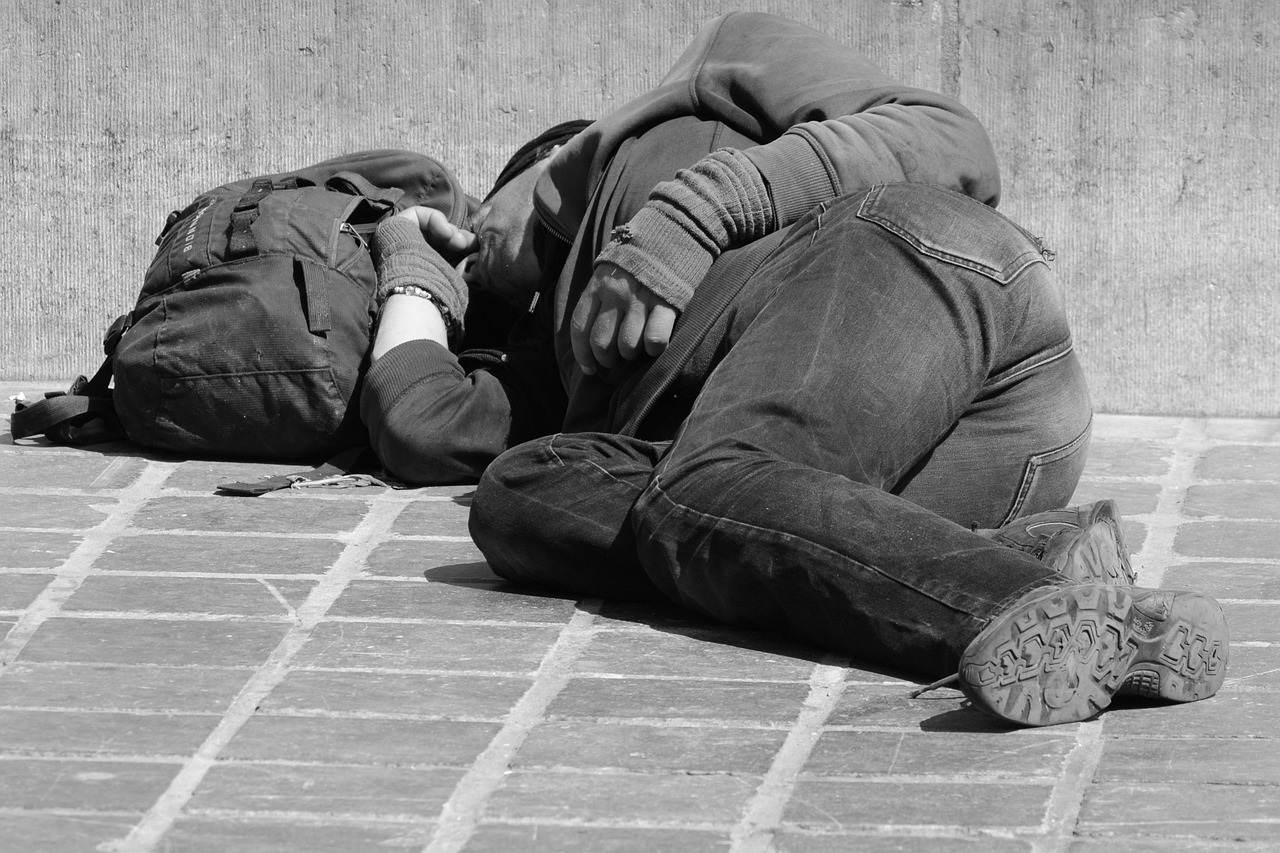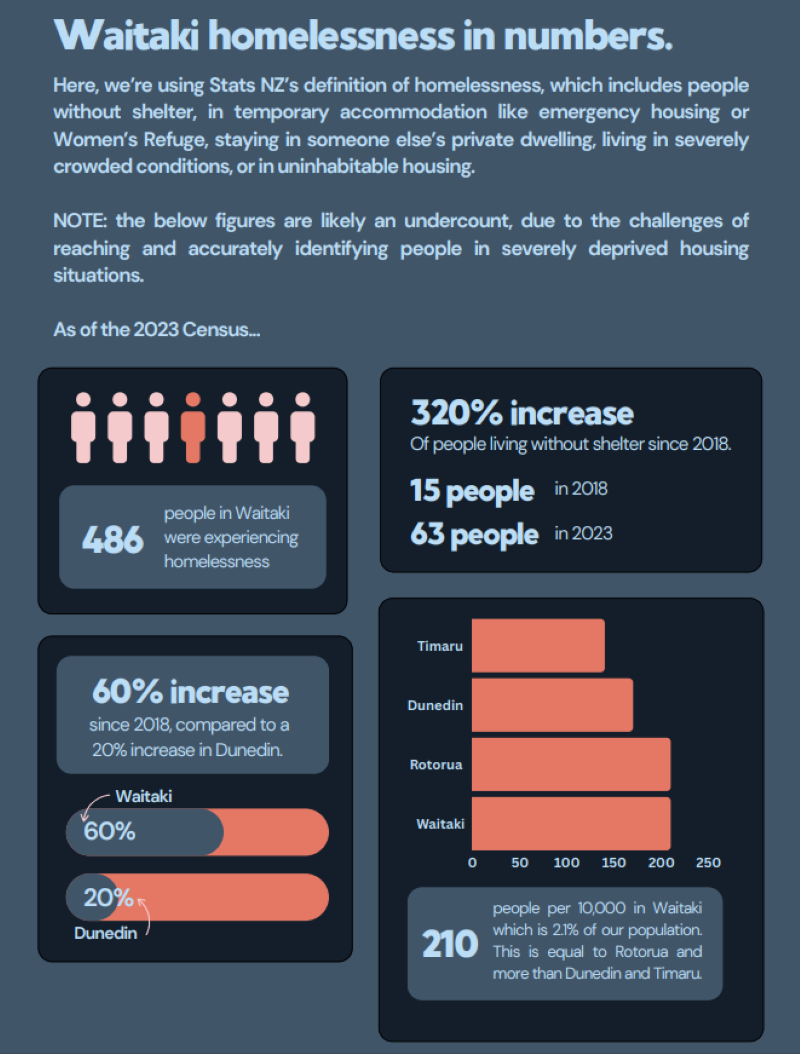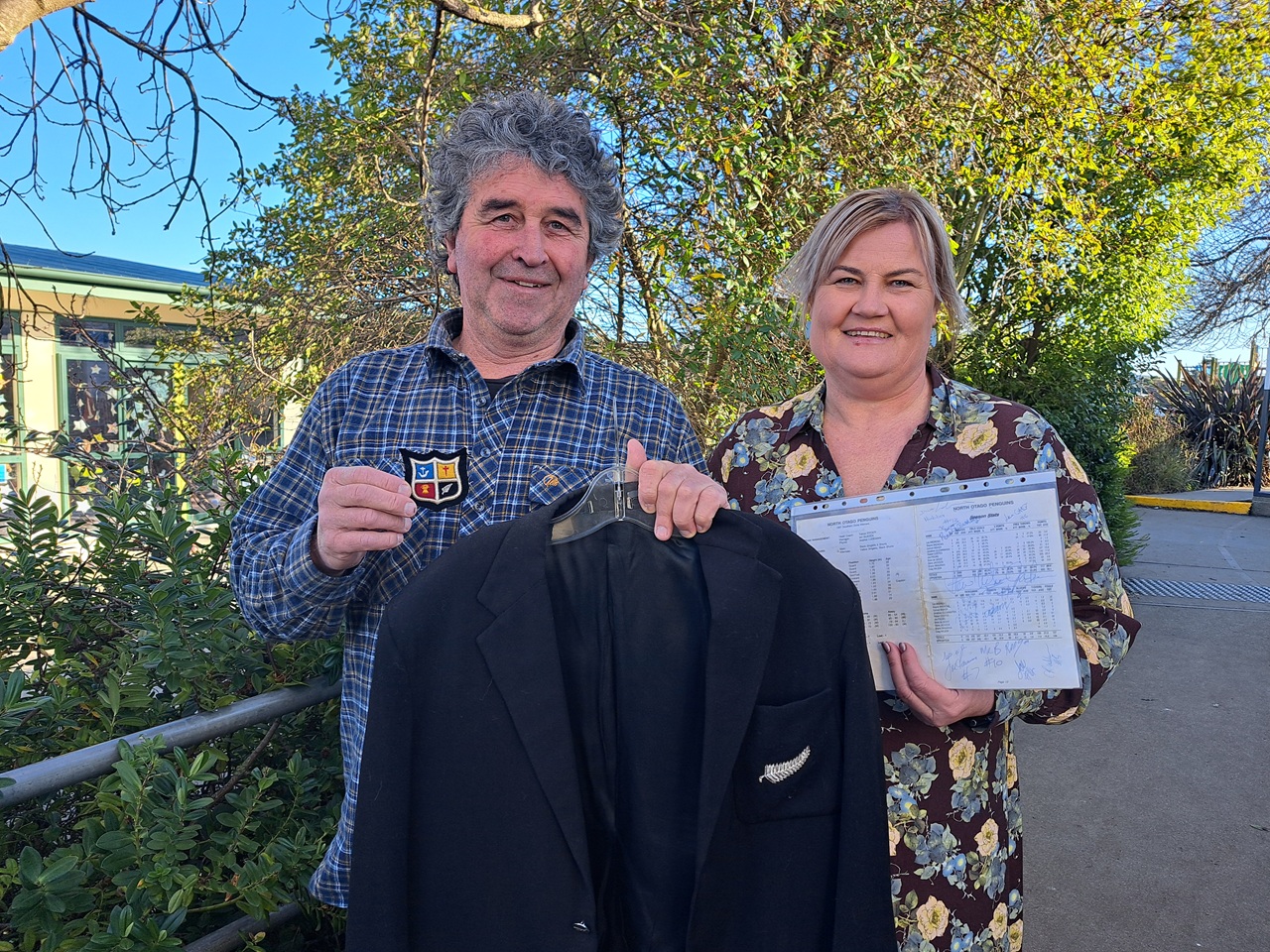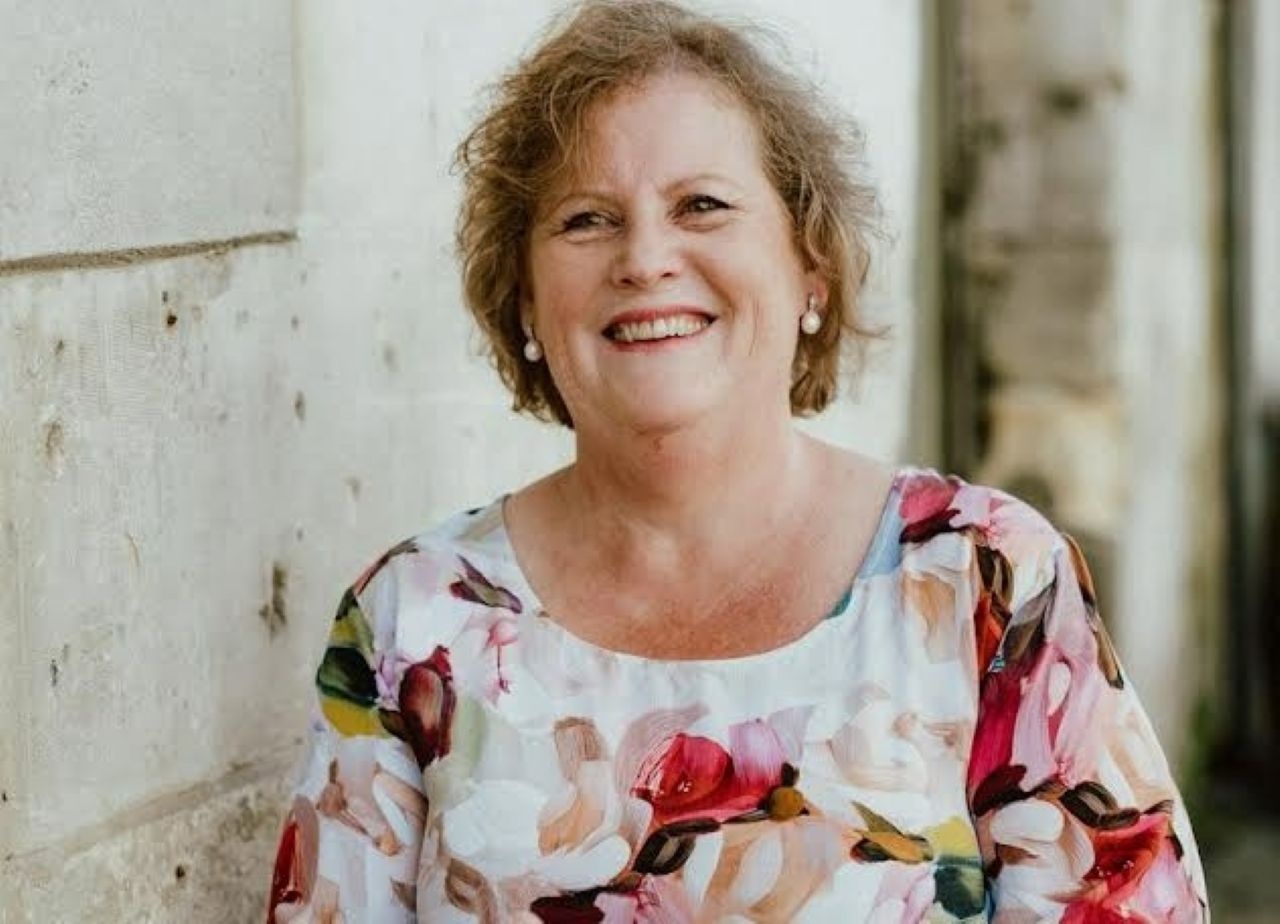'Perfect Storm' of factors leads to alarming rise in Waitaki homelessness
Ashley Smyth
19 August 2025, 11:07 PM
 Photo: Ben Kerckx from Pixabay
Photo: Ben Kerckx from PixabayThe number of people sleeping in cars and public spaces in the Waitaki has increased a whopping 320% in five years, and that number is likely to be higher now.
According to 2023 Census figures, there were 15 people without shelter in 2018, and 63 people in 2023.
However, Waitaki District Council Housing Policy and Strategy specialist Kayla Stewart says this figure is likely to be higher due to new Government legislation and the challenges of reaching and accurately identifying people living rough.
The Census figures have two different definitions of homelessness - the first is a more broad definition and includes people who basically have a roof over their head, she says.
“People in temporary accommodation, like emergency housing or Women's Refuge, or staying in someone else's house because you don't have anywhere else to go, or in severely crowded housing,” she says.
“So you might have two families in one house, or in uninhabitable housing, and by that they mean things like no running water.”
This figure has also risen in the Waitaki by 60% since 2018, which means 486 people were experiencing homelessness in the Waitaki in 2023.
The second definition, referred to by Statistics NZ as people living without shelter, is what people more commonly think of as homeless, and it is this figure which has more than tripled here.
The statistics provide a “really good picture” of the situation, Kayla says, but that was two years ago, and the National-led coalition Government have tightened the conditions around emergency housing.
“So the criteria for that has changed significantly.”
It has become tougher for people to access emergency housing, with applicants having to demonstrate they have not “unreasonably contributed” to their situation.
It might be the case that someone moves to the district for work and their job falls through. If they'd left secure accommodation, that might be seen as contributing to their homelessness, Kayla says.
“I've heard from other service providers that there's a big challenge for people exiting prison, and whether that's being interpreted as contributing to their own homelessness being sent to prison? So, that's what we are hearing from the providers.”

Statistics provided by Waitaki District Council Housing Policy and Strategy specialist Kayla Stewart.
People in the Waitaki might be unaware of the issue, because they don’t see people living on the streets, but the council receives frequent reports of people taking shelter in public buildings, living in parks, or in their cars.
“That's quite a unique thing for us, having those multiple reports coming in . . . And this is so concerning, particularly in the winter, you know, it was minus-four this morning.”
The Waitaki desperately needs an outreach service, but one doesn’t exist, due to a lack of funding, Kayla says.
“Central government has provided funding support elsewhere, to the likes of Rotorua, and if you look at the numbers, (per capita) we are very comparable to Rotorua.”
Waitaki’s percentage of homeless people is 2.1% (210 per 10,000 people), which is also higher than Dunedin and Timaru.
The issue is complex, there are a lot of moving parts and everyone is needed around the table, Kayla says.
A meeting with Waitaki’s service providers and a lot of faith-based groups has been held recently, to do a “stocktake” of what can be done to help here.
“Things like what kind of food supports are available, what kind of housing supports are there available? Mental health support and that kind of thing.”
This helped identify gaps, and one of the biggest gaps is outreach support, Kayla says.
“For a lot of service providers, people need to come through their doors in order to access the service, and you can see why that might be a barrier for someone experiencing homelessness.”
Outreach is about going out, and finding the people who need help.
“We are also looking at what a cross-council response could look like, because, as you can imagine, it affects lots of different council teams, and so how can we have a compassionate response and a consistent framework with how we approach these situations.”
This includes working with Fire and Emergency New Zealand locality officers around fire safety.
Kayla refers to an incident where multiple tents caught on fire in Dunedin’s Oval in May this year, and says it is “very relevant” to make sure people have good fire safety practices when using gas to cook and heat.
There appears to be no one particular reason homelessness is on the rise, more like “the perfect storm” of factors, including the cost of living crisis and the change in legislation, and people having “increasingly challenging lives”.
“Life is really tough for people at the moment . . . it’s very challenging, and it only needs one thing to go wrong.
“We know we have a shortage of affordable rentals in this district, we have a very low median income, and we don't have transitional housing in this district either, which is an issue.”
There is emergency housing, which is “very temporary” motel-kind of accommodation, but transitional housing is the “next step on the housing continuum”.
It’s generally for about a three-month period, and people receive wraparound support and care that helps them transition into the private rental market or social housing.
“And I think the other challenge we have is there are no further social housing placements allocated to Waitaki.
“Central government provides social housing . . . In the budget they allocated a number of - they're called income-related rent subsidy tenancies, but - social housing tenancies, and none were allocated for Waitaki, or the South Island.”
While there is existing social housing, it is full, and the need is growing.
Kayla says it’s good for people to remember anyone can find themselves in this position, so be kind. It might only take one unexpected car breakdown or the loss of a job, which means a missed rent payment, and things snowball.
“Just treat everyone with care and dignity, you know? And if you see someone and you're concerned, then let the police know, so they can do a welfare check.”
If somebody feels they are on the verge of a situation where they could find themselves homeless, there are some great services available, she says.
There is the Sustaining Tenancies Programme through Methodist Mission Southern, which works with people who might be at risk of having their tenancy terminated.
There is also Family Works which can provide a financial mentoring service, the Ōamaru Salvation Army, who can offer “Kai cover” to help keep people fed if unexpected costs come up, and Energy Mate - which can help with advice on how to keep energy costs down, and stay warmer.
“Just reach out and find out what support is available, because we do have some wonderful service providers in this district who really go above and beyond to help people.”
She also encourages people to find out what help might be available from the Ministry of Social Development.
Staff there can help with bond payments, and they are also the ones to see for emergency housing and to register for social housing.
Next week in the Waitaki App, we talk to Jocelyn Smith from Ōamaru's Salvation Army, about being on the coalface of trying to help people facing homelessness.
NEWS
WHAT'S ON GUIDE






